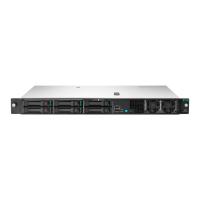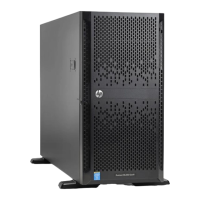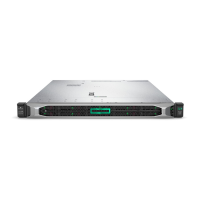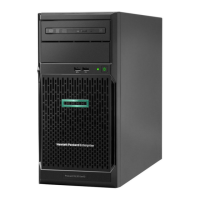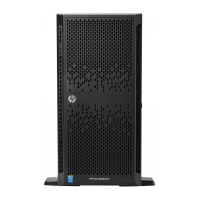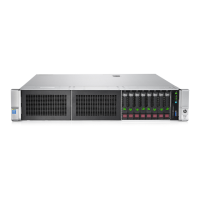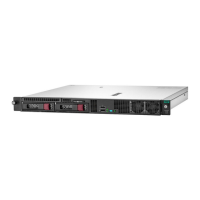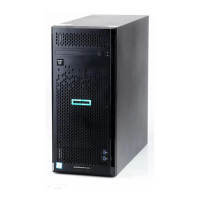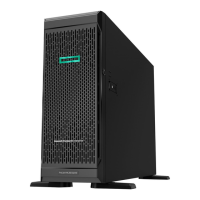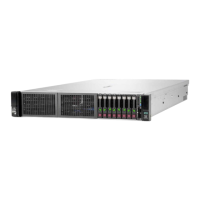Media typeMedia type Required information/actionRequired information/action
File on a USB drive Allows you to install an OS from a USB drive.
NOTE:NOTE:
This source is not supported in Always On Intelligent Provisioning mode.
You need to extract the ISO and put in the USB before the installation for
RHEL and SLES.
DVD-ROM Media Allows you to install an OS from a DVD-ROM.
SMB/CIFS (Windows Share) Allows you to install an OS from a Windows Share directory. You need the following
network connection information, including:
Server Name or IP Address —Server name or IP address of the server that hosts the OS
contents. If a server name is specified, a DNS entry is also required.
Share Name—The name of the network share using Server Message Block (SMB)
protocol that hosts the OS contents.
Domain Name(optional)- The path to directory or file.
Network Share User —User name used to access the network share.
Network Share Password (not encrypted) —Password for the user name used to access
the network share.
Confirm Password (not encrypted)- Re-enter the password to avoid errors.
An anonymous FTP server Allows you to install an OS through an FTP source. You need the following network
connection information, including:
Server Name or IP Address —FTP server name or IP address of the server that hosts the
OS contents. FTP support requires anonymous access to the FTP server and does not
support connecting to an FTP server through a proxy.
IMPORTANT:IMPORTANT:
When entering an FTP path, remove spaces and punctuation. The FTP server
directory structure cannot contain spaces or special characters (including
punctuation).
Install from Internet Allows you to download source files from an Internet URL.
Virtual media Allows you to install the OS from a virtual media source. Only supported in Always On
Intelligent Provisioning mode.
4. Go to the Install Summary page if the media is supported automatically.
IMPORTANT:IMPORTANT: If an unsupported media device is selected, you will not be able to continue to the next screen. To resolve
the issue, remove the unsupported media device, and make sure that you have a supported install source when
prompted.
Configure Installation SettingsConfigure Installation Settings
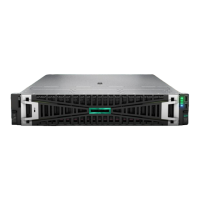
